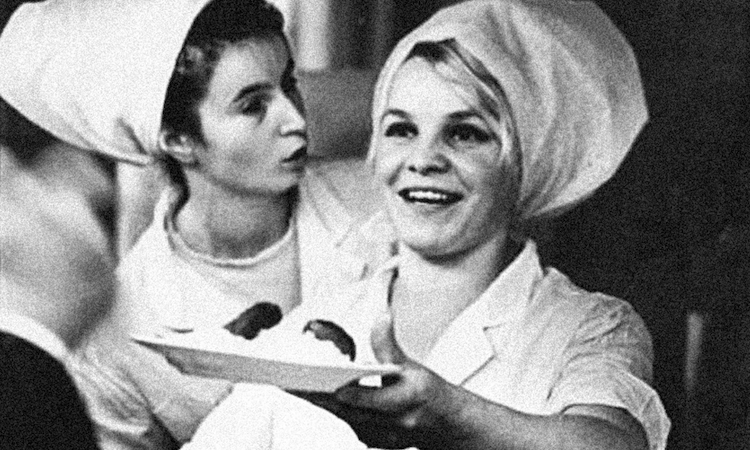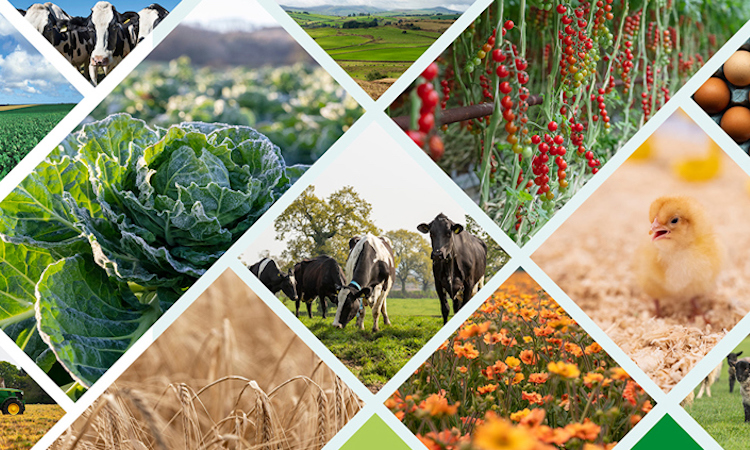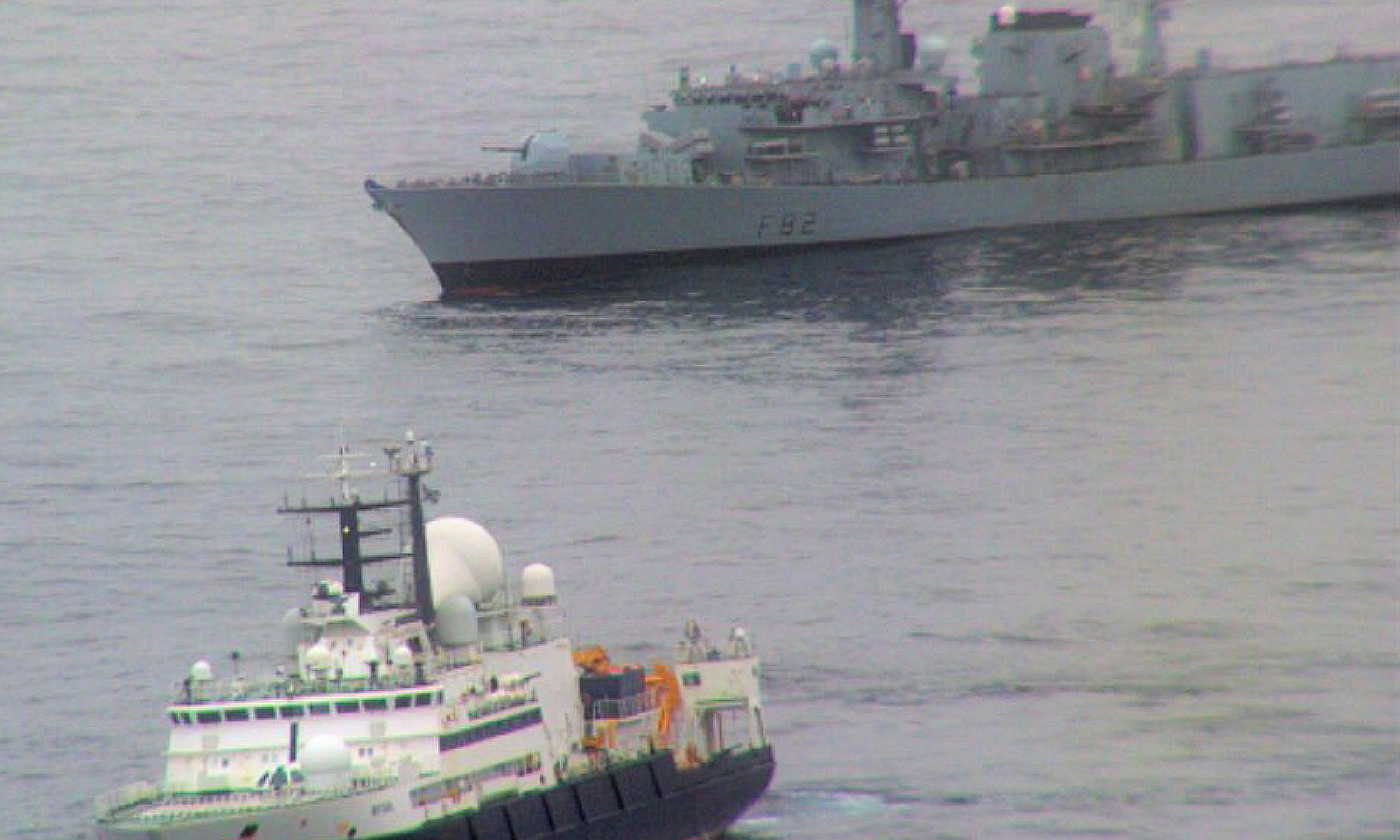In the Netherlands, farmers have for months been blocking roads, dumping manure in front of the homes of politicians, and setting haystacks alight, as well as mobilising massive convoys of tractors and other farm vehicles to disrupt the movement of traffic.
Their protest is fuelled by the fact that measures being taken by the Dutch government and the European Union to reduce nitrogen pollution will drive a very large number of them out of business by the end of the decade, while adversely affecting the profits of those who remain.
Given that nobody wants thousands of farmers to lose their livelihoods, while at the same nobody wants the environment destroyed by an excess of nitrogen, how is it possible for this circle to be squared?
Let us examine the full scale of the problem, starting with the ecological damage that is caused by excess nitrogen.
An article by Erik Stokstad for Science magazine in December 2019 stated: “Nitrogen, a key nutrient for plants, is also an insidious pollutant. Fertilizer washing off fields ends up in lakes and coastal areas, causing algal blooms that kill marine life. Airborne nitrogen can also harm ecosystems.
“One source is nitrogen oxides, mostly from power plants and engine exhaust. In the Netherlands, even more comes from the ammonia vapors from livestock urine and manure. Both kinds of nitrogen react to form aerosols that cause smog, damage foliage, and acidify the soil, hindering roots’ absorption of nutrients.”
“The Netherlands is a nitrogen hot spot partly because it is a dense, urbanised nation, although controls on power plants and catalytic converters in autos have helped curb nitrogen oxide emissions. The bigger problem is ammonia emissions from concentrated livestock operations. Dutch farms contain four times more animal biomass per hectare than the EU average.
“Practices such as injecting liquid manure in the soil and installing air scrubbers on pig and poultry facilities have reduced ammonia emissions 60 percent since the 1980s, but they have risen slightly since 2014 because of expanding dairy operations. Dutch agriculture is responsible for nearly half of nitrogen pollution that falls in the country.
“In 118 of 162 Dutch nature reserves, nitrogen deposits now exceed ecological risk thresholds by an average of 50 percent.” (Nitrogen crisis from jam-packed livestock operations has ‘paralyzed’ Dutch economy, 4 December 2019)
We might mention in passing that the famous Lake Windermere in Britain’s Lake District is now clogged with algae that support bacteria which may even be poisonous to swimmers – presumably because Britain, too, has a problem with excess nitrogen. (‘Lake Windermere is dying’: Toxic algae puts swimmers at risk by Rhys Blakely, The Times, 19 August 2022)
In actual fact, the problem of nitrogen pollution is common to most of Europe, which is why the European Union is trying to reverse the damage that is being caused.
The Netherlands is probably the worst affected country, so it is there that the government has been driven to try to take the most drastic steps – and these steps have been drastic indeed, although nobody can say they were not necessary or at very least desirable.
In 2019, Holland was constrained to block plans for new homes, roads, and airport runways, because construction machinery emits nitrogen oxides – it is not only the farmers who are adversely affected.
However, it is currently proposed to cut the number of farm animals down by a third by 2030, which would have the effect of driving an estimated one in five of the Netherlands’ 54,000 farmers out of business. Farmers’ land would be compulsorily purchased by the government, which the Financial Times tells us has set aside €24.3bn to finance cutting nitrogen emissions by half.
But of course, even if a fair price is paid for the land and businesses purchased, the farmers will be deprived of their livelihoods, prevented from benefiting from the skills they have developed over their lifetimes, and driven onto the labour market into the unskilled, low pay category – always assuming that they can find any employment at all.
In fact, “Since the end of the second world war, Dutch farmers have been stimulated by successive bourgeois governments to increase productivity, which resulted in less-efficient operations being forced out of the market. While in 1950 there were 410,000 farms, in a country with a total population of 10 million people; in 2016 that number had shrunk to 55,000, compared to a total population of 17 million people.
“The total number of people working in agriculture (farmers, their family members, and hired labourers) in that period went down from 580,000 to 172,000; or from 15 percent to 2 percent of the total labour force.” (Netherlands: farmers’ protests express the impasse of Dutch capitalism by Zowi Milanovi, IDM website, 11 August 2022)
Thus the drive for ever-greater profitability is steadily making farmers redundant en masse while at the same time poisoning the environment.
The present efforts of the European Union and the Dutch government to clean up the environment is dealing with only one side of the equation. The other is equally poisonous, albeit in a different way.
Cutting emissions without reducing livestock
There are in existence various ways in which it would be possible to cut emissions without reducing livestock, including feeding cattle on seaweed rather than grass. It would also appear that by separating the manure produced by cattle from their urea, phosphorus production can be reduced by 70 percent.
Former Somerset cricketer Van Troost heads a company called Lely that devises machinery to improve productivity in the dairy industry. Its products include extraordinary robots that “propel themselves around barns doling out feed and computerised self-service milking parlours into which cows can wander whenever their udders become heavy”.
But in the current context it has devised “a small robot that meanders around the barnyard, separates manure from urine, which reduces the amount of nitrogen emitted by each cow by at least 70 percent — and could potentially allow the government to hit its targets without requiring a cut in animal numbers.
“‘You would solve the problem for dairy farming,’ said van Troost … ‘Why would you spend 25 billion euros on halving the number of cattle when for two to three billion you could achieve the same result through innovation?’
“The system also turns the cows’ waste into liquid nitrogen, a fertiliser that would otherwise cost thousands of euros a year — and whose price has soared” because of the Ukraine war. (Dutch farming crisis? It won’t stump this 6ft 8in fast bowler by Peter Conradi, The Sunday Times, 14 August 2022)
Of course, if the Dutch government has not fallen over itself to grasp at this apparently life-saving offer, one can only assume that the devil lies in the detail: we don’t know anything about the running costs of this gadget, including how often it needs to be replaced, etc. It is more than probable that its costs are beyond the reach of the smaller farmers, whose profit margins would be unsustainably reduced were it to be adopted.
You have to be red to be green
As long as investment decisions are driven by profitability, therefore, the interests of ordinary people, whether they be your honest farmers toiling hard to put food on our plates, or the interests of the public in being protected from pollution generated by cost-cutting production methods, will always come a very poor second.
If the cost of producing food in the Netherlands is increased because of the anti-pollution methods it is eventually driven to adopt, then Dutch farmers will be rendered uncompetitive against farmers from countries that leave their own farmers free to pollute to their hearts’ content.
The capitalist system is completely incapable of balancing the various conflicting interests of humanity, such as the need to produce enough food with minimum effort against the need to avoid damage to the environment. This can only be achieved by a central planning authority tasked with safeguarding the present and future interests of the masses of the people and serving a state which has firm control over all of the country’s means of production — and the power to mobilise them purely to serve those interests.
Such a state can only come into existence if the present-day capitalist states whose function is to safeguard private property, private appropriation and private interests is overthrown, which in turn can only be done by the workers, who have no private commercial interests to safeguard — in other words, nothing to lose but their chains.
The only question is: how long and how much are the masses of the people prepared to suffer before they do what needs to be done?









